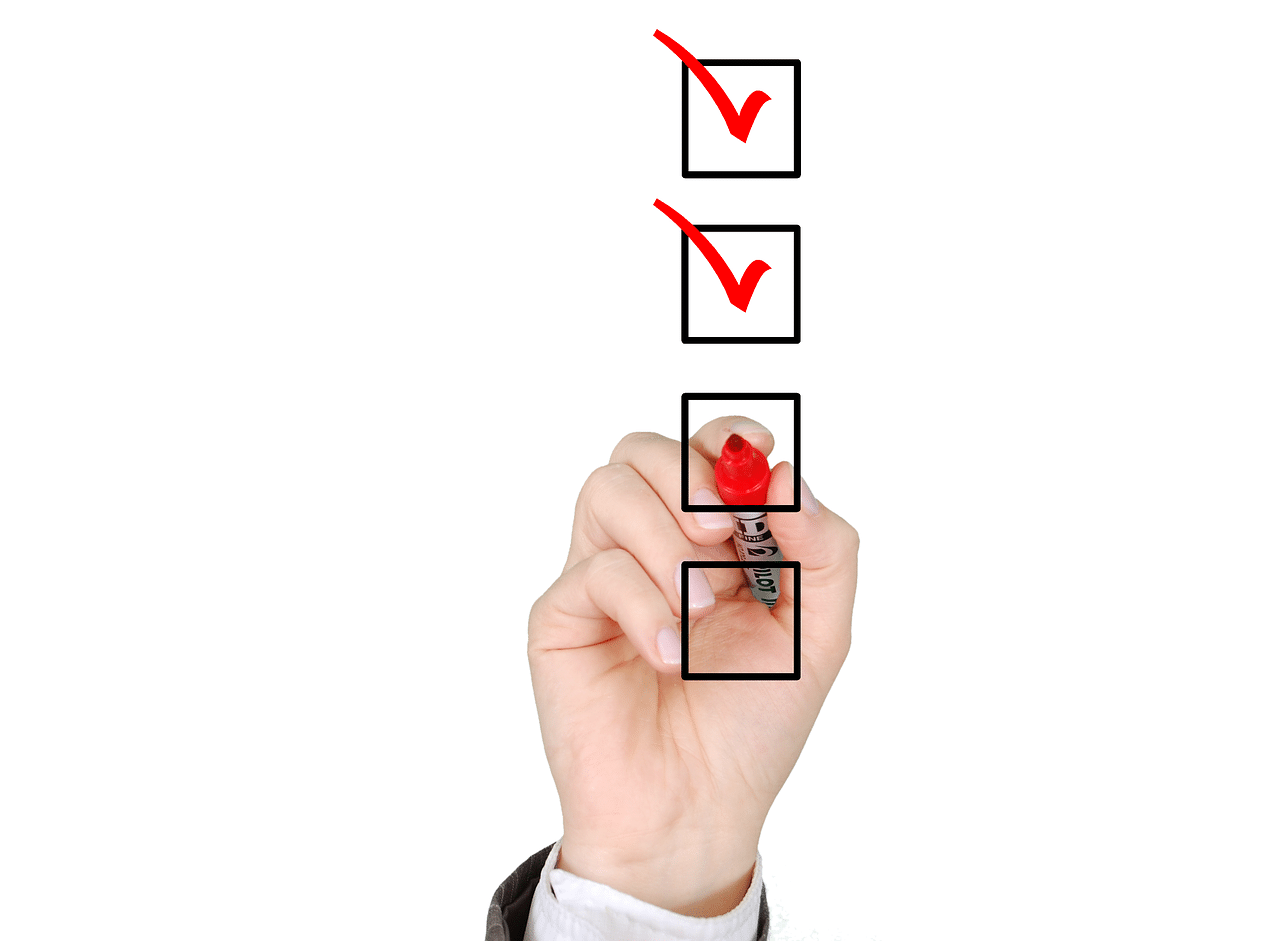
1. Safe and Professional Operations
Just like commercial airline pilots use a checklist before each flight, drone pilots use pre-flight checklists to ensure their operations are safe and legal. In addition to ensuring aircraft readiness and considering things like weather, site safety and crew briefings, checklists also help pilots ensure compliance with FAA, state and local regulations that govern the commercial use of drones.
2. Redundancy = Consistency
Checklists augment pilot memory to ensure that all required actions are performed in an orderly manner and without omission. When properly implemented, checklists are used redundantly and consistently before every flight, regardless of how many times the pilot has flown a particular aircraft or mission.
3. Complacency = Missed Steps
The aim of implementing a checklist is not simply to read through and check off items. Rather, the objective is to prevent complacency by methodically following every step. Forcing oneself to read each checklist item may seem awkward and time-consuming to a drone pilot who has flown a particular aircraft many times before. However, if a pilot scans the items to be checked quickly due to time pressures, versus taking time to consider each step, missed or incorrect steps can result in disaster.
4. They’re Not Just for Pilots
The pre-flight checklist is an integral part of effective Crew Resource Management, which enhances teamwork, increases communication and transforms operational hierarchy to improve safety and reduce risk. When used effectively, the checklist is key to ensuring that the entire flight crew is on the same page and properly briefed for every mission.
5. They’re Not Just for Pre-Flight
Pre-flight, in-flight and post-flight procedures are all part of a comprehensive checklist. Best practices should include, but not be limited to, these high-level considerations:
Pre-flight
– Airspace restrictions and weather considerations
– Pilot and crew mental and physical fitness
– Site inspection and mission walk through
– Take-off, landing, safety perimeter and emergency abort zones established
– Crew and bystander briefing
– Aircraft, payload and flight system inspection
In-Flight
– Take-off procedure
– Maintain visual line of sight with aircraft
– Maintain safe operating distance from people and obstavles
– Monitor airspace for other aircraft
– Maintain “sterile cockpit” to avoid pilot distraction
Post-Flight
– Landing procedure
– Power down sequence
– Data acquisition procedure
– Post-flight aircraft inspection
– Flight logging
Conclusion
Replacing human error with a strong safety culture and reliance on proven procedures is paramount to the success of any drone services provider. Aviation safety studies have shown that consistent and methodical use of checklists reduces risk by virtually eliminating mistakes and oversights. A strong emphasis on team intelligence and effective procedures like operational reports and checklists can ensure teams are on the same page and operating at peak effectiveness.
Bottom Line: Take the time to do it right – or don’t fly
From The Editor:
Do you need to hire a professional drone service provider? To speak to an aerial data specialist, fill out a form, email us or for even faster response times, give us a call at (833) FLY-4YOU or (833) 359-4968. Check out our transparent pricing at Drone Photography Pricing and watch this space as we expand on the above topics and more over the coming weeks and months. If you like this post, feel free to click the share button at the bottom of the page. We appreciate you helping us by spreading the content we share on our blog.
- 5 Drone Photography Tips for Commercial Real Estate Projects - December 9, 2021
- 5 Reasons for FAA-Registered Drone Service Providers - August 28, 2021
- 5 Reasons for Drone Service Providers to Log their Flight Time - July 15, 2021
